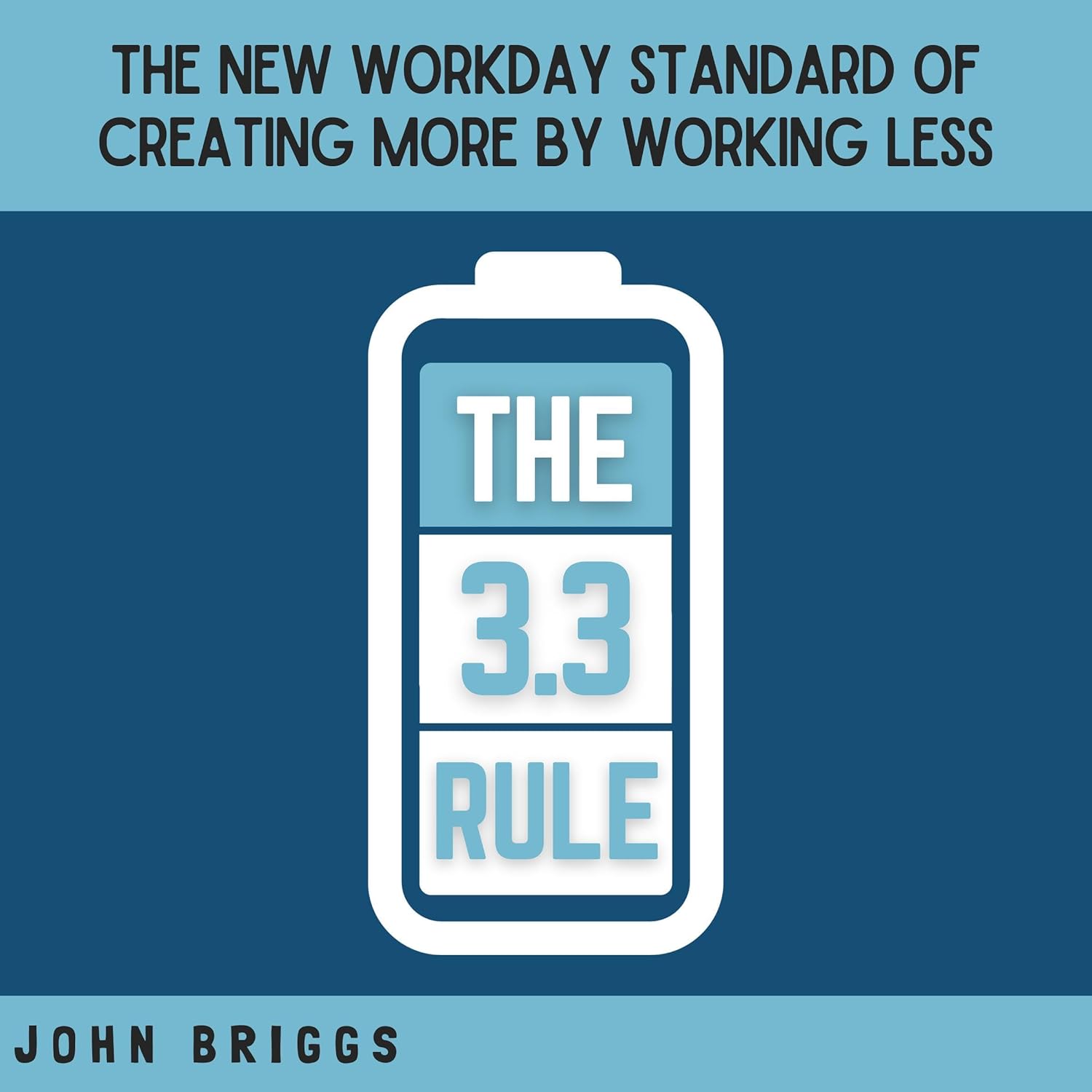In the fast-paced world of data centers, having a comprehensive documentation plan is essential for ensuring smooth operations and efficient management. A well-documented data center provides valuable information about the infrastructure, processes, and procedures, which is crucial for troubleshooting issues, planning for upgrades, and ensuring compliance with regulations.
Key Components of a Data Center Documentation Plan:
1. Inventory: The first step in creating a comprehensive documentation plan is to take an inventory of all the hardware, software, and networking equipment in the data center. This includes servers, storage devices, switches, routers, and any other components that make up the infrastructure.
2. Configuration: Documenting the configuration of each piece of equipment is crucial for understanding how the data center is set up and how it functions. This includes details such as IP addresses, firmware versions, software versions, and any custom configurations that have been implemented.
3. Network Diagrams: Creating detailed network diagrams that show how all the equipment in the data center is connected is essential for troubleshooting network issues and planning for future expansions. These diagrams should include details such as physical connections, IP addresses, and VLAN configurations.
4. Procedures: Documenting procedures for common tasks such as server maintenance, software updates, and data backups is essential for ensuring that these tasks are carried out consistently and correctly. This documentation should include step-by-step instructions, as well as any relevant scripts or automation tools.
5. Disaster Recovery Plan: A comprehensive data center documentation plan should also include a disaster recovery plan that outlines how data will be backed up, restored, and recovered in the event of a disaster. This plan should include details such as backup schedules, offsite storage locations, and contact information for key personnel.
Considerations for Creating a Data Center Documentation Plan:
1. Regular Updates: Data center documentation should be regularly updated to reflect any changes or upgrades that have been made to the infrastructure. This ensures that the documentation remains accurate and relevant.
2. Access Control: Access to data center documentation should be restricted to authorized personnel only, to prevent unauthorized access or tampering with critical information. Implementing access control measures such as password protection or encryption can help protect sensitive data.
3. Training: Providing training to data center staff on how to create and maintain documentation is essential for ensuring that the documentation plan is effectively implemented. This training should cover best practices for documenting data center infrastructure, as well as how to update and access the documentation when needed.
In conclusion, creating a comprehensive data center documentation plan is essential for ensuring the smooth and efficient operation of a data center. By including key components such as inventory, configuration details, network diagrams, procedures, and disaster recovery plans, and considering factors such as regular updates, access control, and training, organizations can ensure that their data center documentation is accurate, up-to-date, and accessible when needed.











